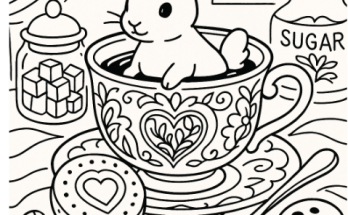Arthritis and Joint Pain: A Guide to Relief
Arthritis and joint pain affect millions worldwide, turning everyday tasks into struggles. Arthritis covers over 100 joint diseases, with osteoarthritis and rheumatoid arthritis being the most common. Joint pain, its main symptom, can range from mild discomfort to severe agony, limiting mobility and well – being. Knowing about arthritis and finding effective relief can greatly improve your quality of life.

What Causes Arthritis?
Arthritis stems from multiple factors like age, genetics, and lifestyle. Osteoarthritis, the most prevalent type, often comes with aging and joint wear. Rheumatoid arthritis is an autoimmune disorder where the body attacks its own joints. Infections, injuries, and conditions like gout can also trigger arthritis. Figuring out the root cause is crucial for treatment.
Recognizing Joint Pain Symptoms
Joint pain shows up as stiffness, swelling, redness, and reduced movement. Symptoms vary in intensity and may bring fatigue. Morning stiffness is common and usually eases as the day goes on. Catching these symptoms early helps with better management.
Lifestyle Changes for Easing Arthritis
Simple lifestyle tweaks can make a big difference. Keeping a healthy weight lessens stress on joints, especially knees and hips. Regular, tailored exercise boosts joint function and reduces stiffness. Quitting smoking and cutting back on alcohol also help manage arthritis.
Eating for Joint Health
A diet rich in anti – inflammatory foods helps control arthritis symptoms. Omega – 3s in salmon and mackerel fight inflammation. Fruits, veggies, nuts, and seeds provide key nutrients. Cutting down on processed foods, sugars, and saturated fats can also relieve joint pain.
Exercises to Ease Joint Pain
Exercise is essential for joint health. Low – impact activities like swimming, cycling, and walking are great for arthritis patients. Strength training builds muscle around joints, while yoga and stretching improve flexibility. Always check with a doctor before starting a new workout.
Medications for Relief
Over – the – counter drugs like acetaminophen and NSAIDs offer temporary pain and inflammation relief. For severe cases, doctors may prescribe corticosteroids or DMARDs. Discussing medication options with a healthcare provider ensures safety and effectiveness.
Alternative Therapies
Many people find relief in acupuncture, massage, or chiropractic care. Supplements like glucosamine and chondroitin are popular natural options. While some see benefits, it’s important to consult a pro before trying new treatments.
The Power of Physical Therapy
Physical therapists create personalized exercise plans to boost strength and flexibility. They also teach proper body movements and joint protection, preventing further damage and managing pain.
Daily Arthritis Management Tips
Managing arthritis means adjusting daily tasks. Using aids like canes helps, as does pacing activities and taking breaks. Heat or cold therapy can soothe pain. Staying informed and joining support groups provide practical help and emotional support.
When to See a Doctor
If joint pain doesn’t improve with self – care, it’s time to see a healthcare professional. Early diagnosis can stop joint damage and lead to better results. Doctors can suggest treatments, lifestyle changes, and when surgery might be needed.
Conclusion: Your Path to Relief
Relieving arthritis and joint pain requires a mix of strategies. By understanding your condition, changing your lifestyle, and exploring treatments, you can take control of your symptoms. Working with healthcare providers is key to creating a plan that’s right for you.



